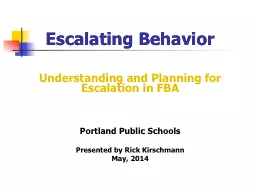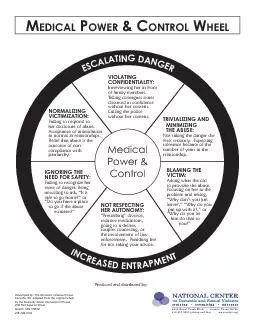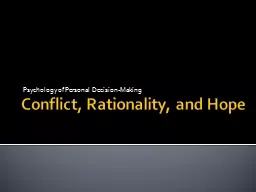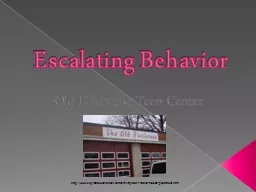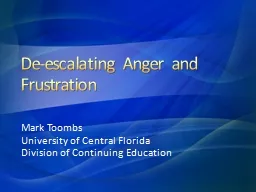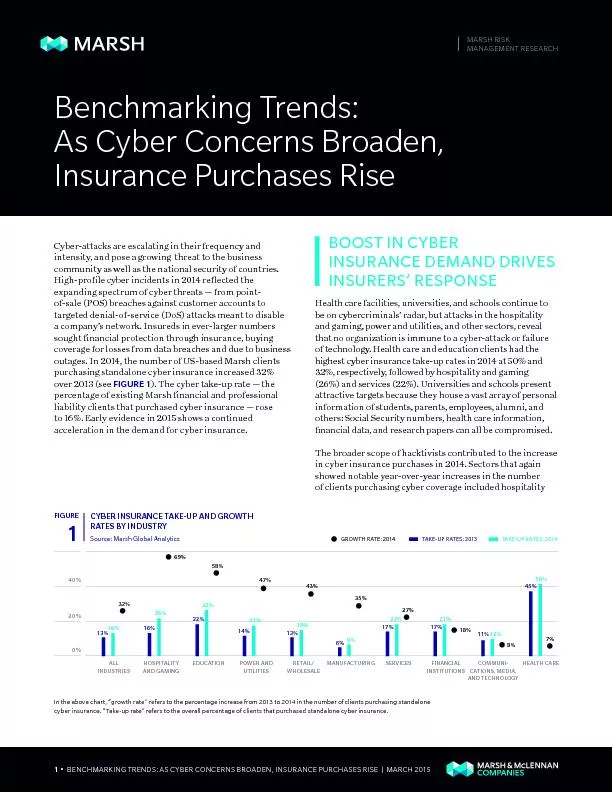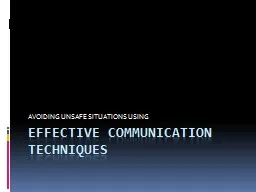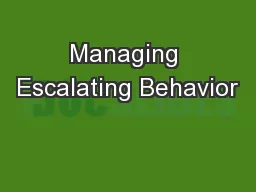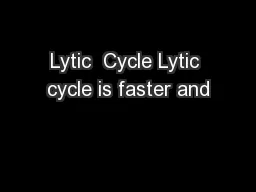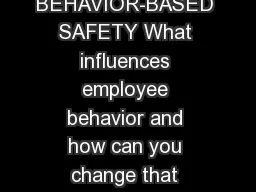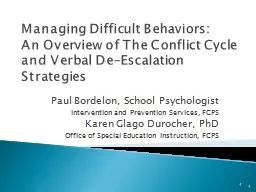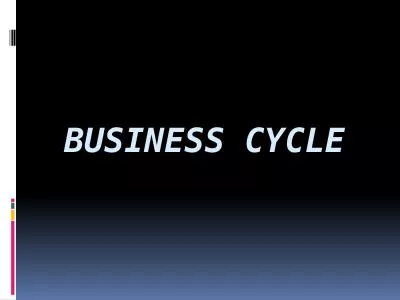PPT-Managing the Cycle of Escalating Behavior
Author : marina-yarberry | Published Date : 2018-02-02
Understanding and Planning for Escalation in FBA Portland Public Schools Presented by Rick Kirschmann May 2014 Today Identify the cycle of escalating behavior
Presentation Embed Code
Download Presentation
Download Presentation The PPT/PDF document "Managing the Cycle of Escalating Behavio..." is the property of its rightful owner. Permission is granted to download and print the materials on this website for personal, non-commercial use only, and to display it on your personal computer provided you do not modify the materials and that you retain all copyright notices contained in the materials. By downloading content from our website, you accept the terms of this agreement.
Managing the Cycle of Escalating Behavior: Transcript
Download Rules Of Document
"Managing the Cycle of Escalating Behavior"The content belongs to its owner. You may download and print it for personal use, without modification, and keep all copyright notices. By downloading, you agree to these terms.
Related Documents

